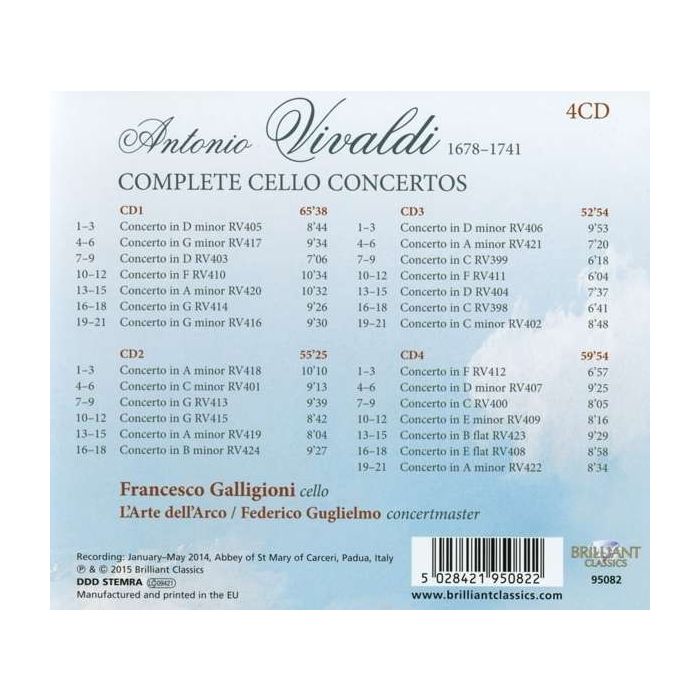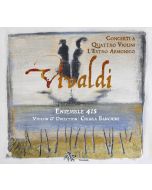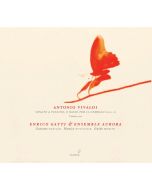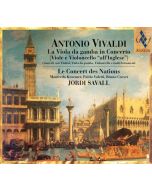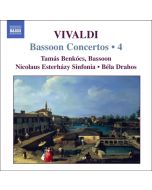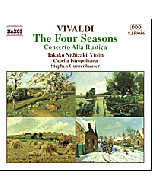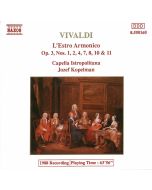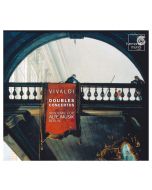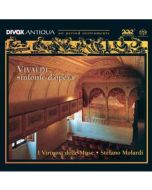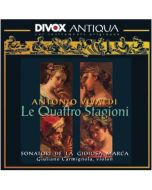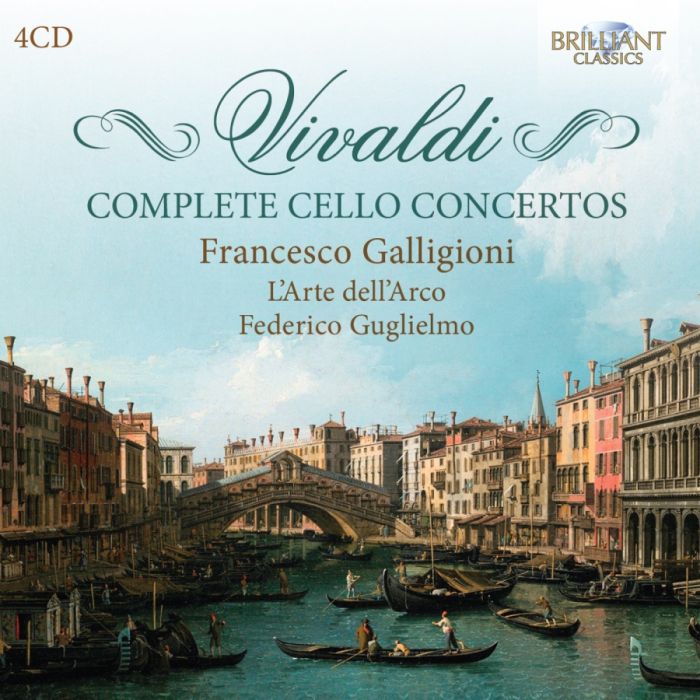
(Produkt nie został jeszcze oceniony)
kompozytor
Vivaldi, Antonio
tytuł
Vivaldi: Complete Cello Concertos
wykonawcy
L'Arte Dell'Arco
nr katalogowy
95082
opis
Vivaldi wrote an astonishing 500 concertos during his lifetime, of which 27 were composed for solo cello. At the time, the instrument was in its infancy, and it was unusual for great composers to write works specifically for solo cello. Indeed, none of the concertos were published during Vivaldi’s lifetime: they had been written specially for his young female students at the Ospedale della Pietà, where the composer was employed in Venice, and were therefore not widely known. However, Vivaldi clearly saw the potential in the new instrument, otherwise he would not have gone on to write so much material for it; after the violin and bassoon, it is his third most popular solo concerto instrument. The sheer number of concertos allows the full emotional range of the cello to be explored, though Vivaldi stays relatively low in its register, fully exploiting the instrument’s rich and sonorous bass. Contrary to popular beliefs that Vivaldi is repetitive, the concertos are packed with Baroque innovations; virtuosic passages feature lively arpeggios, rapid semiquavers and much rhythmic diversity. This period also saw a heightened use of syncopation, and a real emphasis on melody rather than the monodic music that had preceded it: we see this through Vivaldi’s employment of arpeggio, progression, augmentation and ornamental variation.
nośnik
CD x 4
wydawca
Brilliant Classics
data wydania
10.02.2015
EAN / kod kreskowy
5028421950822
85,00 zł
Produkt na zamówienie
Wysyłka ustalana indywidualnie.
Darmowa wysyłka dla zamówień powyżej 300 zł!
Darmowy kurier dla zamówień powyżej 500 zł!
sprawdź koszty wysyłki